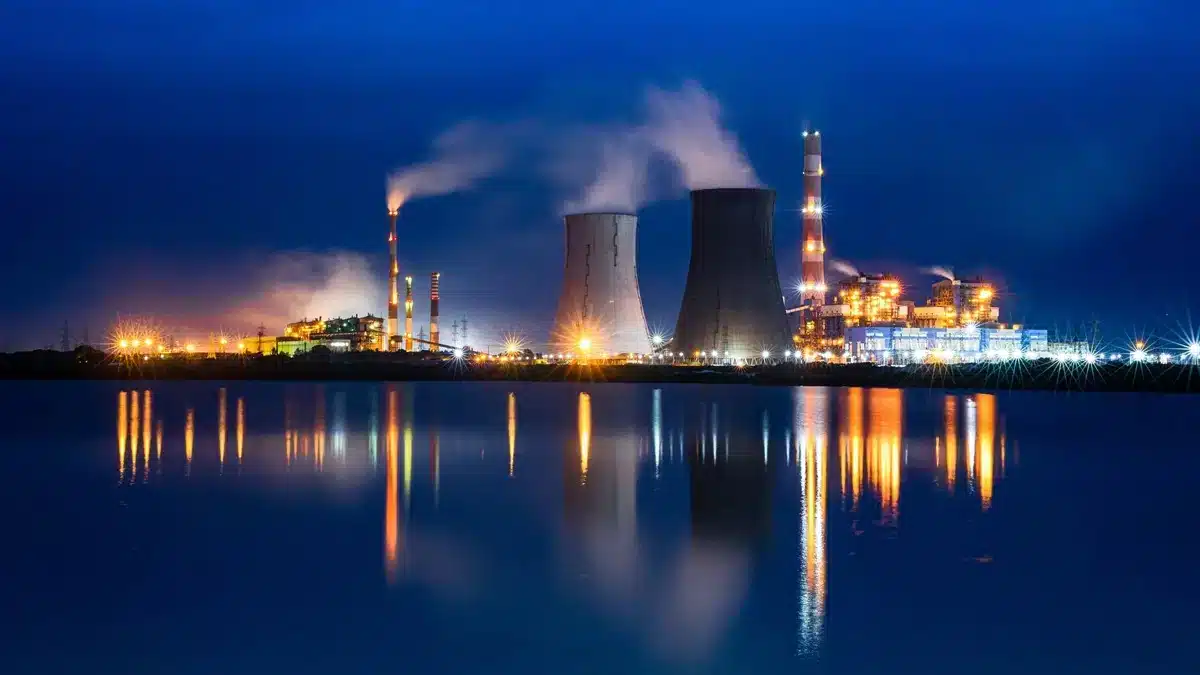India’s Nuclear Energy Future: A Strategic Shift

India is on the brink of a significant transformation in its energy landscape. The Union Budget for 2025-26 has laid out an ambitious plan to enhance the country’s nuclear energy capacity. Prime Minister Narendra Modi has emphasized the importance of civil nuclear energy, stating that it will play a crucial role in India’s development. The government aims to achieve a nuclear power capacity of 100 GW by 2047, marking nuclear energy as a key component in the nation’s energy mix. This initiative aligns with India’s broader goals of ensuring energy reliability and reducing dependence on fossil fuels. To realize this vision, the government is focusing on strategic policy interventions and infrastructure investments, particularly in indigenous nuclear technology and public-private partnerships.
The Nuclear Energy Mission for Viksit Bharat
Recognizing the critical role of nuclear power in achieving energy security and sustainability, the Indian government has launched the Nuclear Energy Mission for Viksit Bharat. This initiative aims to bolster domestic nuclear capabilities, encourage private sector involvement, and expedite the deployment of advanced nuclear technologies, such as Small Modular Reactors (SMRs). The government has allocated ₹20,000 crore for research and development of SMRs, with a goal of developing at least five indigenously designed and operational reactors by 2033.
To facilitate the implementation of this mission, the government plans to amend the Atomic Energy Act and the Civil Liability for Nuclear Damage Act. These legislative changes are expected to create a more favorable environment for private sector investments in nuclear power projects. The mission is aligned with India’s commitment to achieving 100 GW of nuclear energy capacity by 2047, a milestone deemed essential for reducing carbon emissions and meeting future energy demands. As of January 30, 2025, India’s nuclear capacity stands at 8,180 MW, highlighting the need for significant growth in this sector.
Advancements in Small Modular Reactors (SMRs)
A key focus of the Nuclear Energy Mission is the development of Small Modular Reactors (SMRs). These advanced nuclear reactors have a power generation capacity ranging from less than 30 MWe to over 300 MWe. They offer a flexible, scalable, and cost-effective alternative to traditional large nuclear reactors. Given India’s increasing energy demands and the necessity for reliable, low-carbon power, SMRs can play a transformative role in complementing renewable energy sources and stabilizing the grid.
India’s expertise in Pressurized Heavy Water Reactors (PHWRs) provides a solid foundation for the development and deployment of indigenous SMR designs. The modular nature of SMRs allows for factory-based manufacturing, which can significantly reduce construction timelines and costs. This makes them suitable for both on-grid and off-grid applications, including deployment in remote areas. By integrating SMRs into its energy mix, India can address land constraints, decrease reliance on fossil fuels, and enhance its ability to meet international climate commitments under the Paris Agreement.
Government Initiatives to Expand Nuclear Capacity
The Indian government is actively working to enhance its nuclear power capacity to meet growing energy demands and achieve environmental goals. Plans are in place to increase nuclear power capacity from the current 8,180 MW to 22,480 MW by 2031-32. This expansion includes the construction of ten reactors totaling 8,000 MW across various states, including Gujarat, Rajasthan, Tamil Nadu, and others. Additionally, pre-project activities for ten more reactors have already begun, with a target completion date of 2031-32.
A significant milestone was reached on September 19, 2024, when the Rajasthan Atomic Power Project’s Unit-7 achieved criticality, marking the start of a controlled fission chain reaction. This event underscores India’s growing capability in building and operating indigenous nuclear reactors. Safety remains a cornerstone of India’s nuclear energy policy, with stringent protocols and international oversight ensuring that radiation levels at Indian nuclear facilities are consistently below global benchmarks. These efforts align with India’s broader strategy to provide clean and reliable energy, contributing to long-term energy security and environmental sustainability.
Observer Voice is the one stop site for National, International news, Sports, Editor’s Choice, Art/culture contents, Quotes and much more. We also cover historical contents. Historical contents includes World History, Indian History, and what happened today. The website also covers Entertainment across the India and World.

